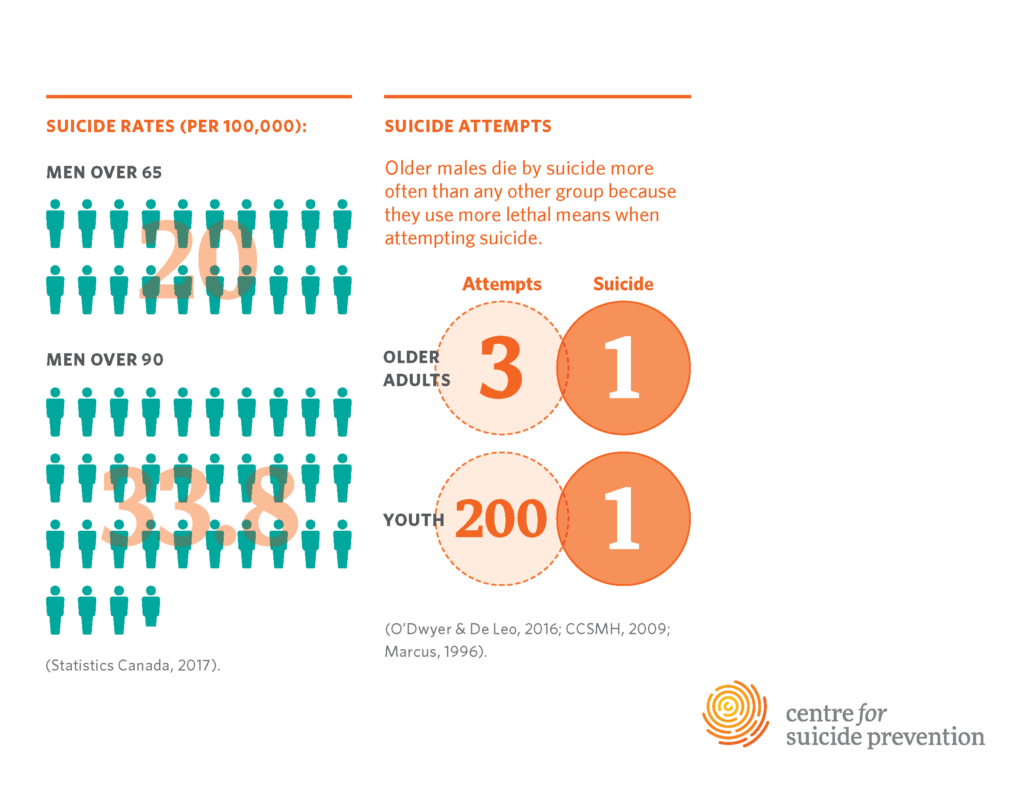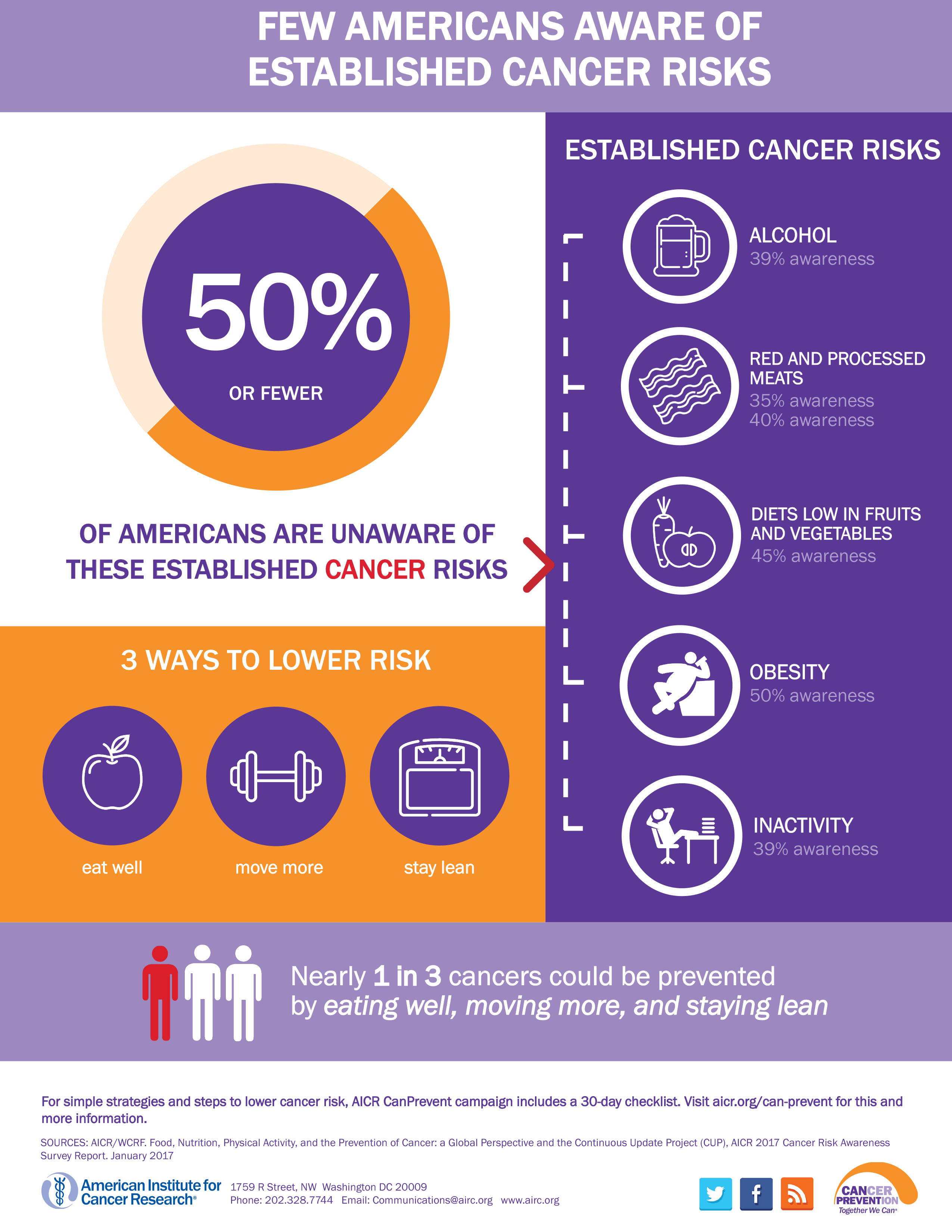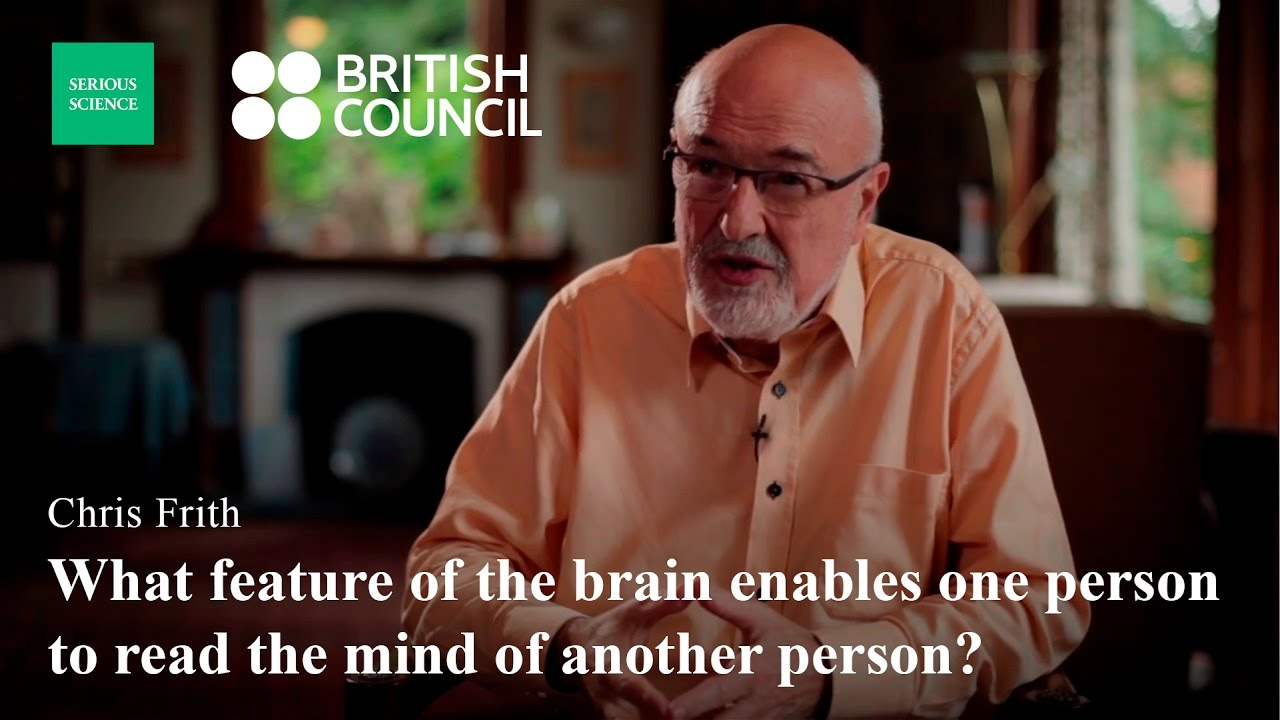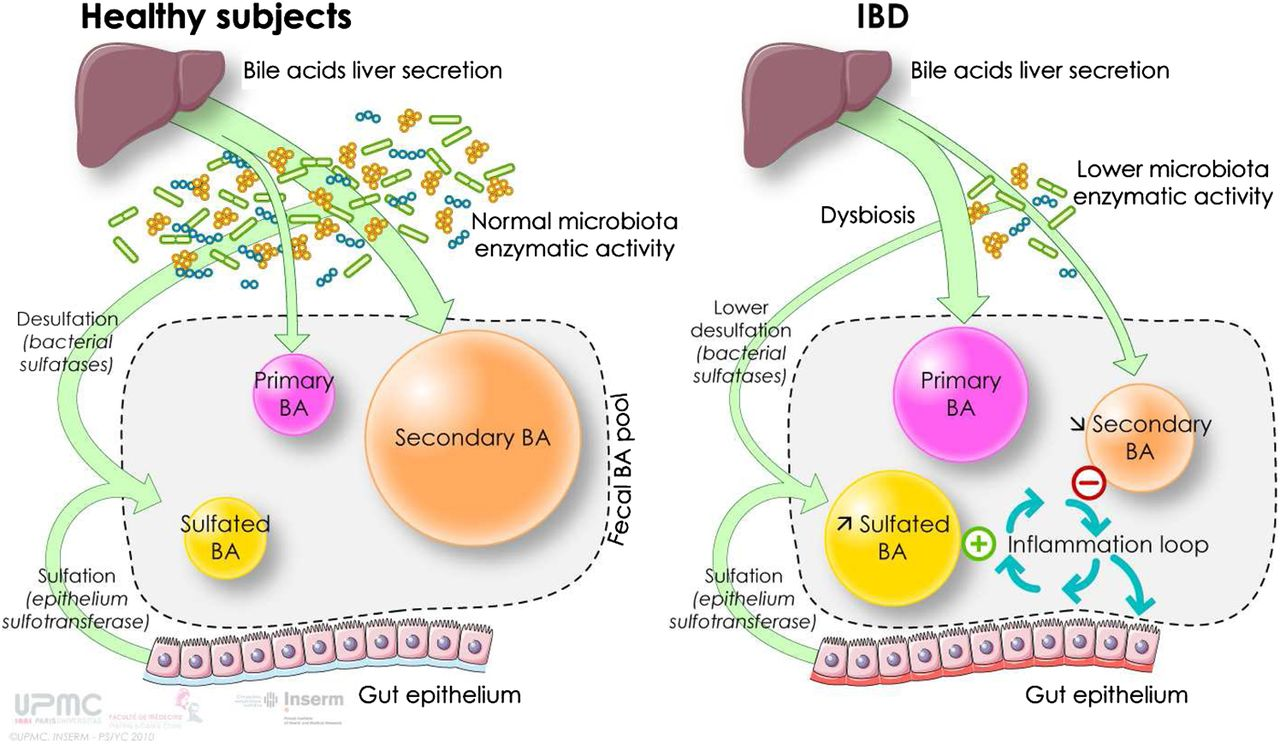Suicide prevention for older adults has become an urgent public health concern as this demographic faces unique challenges that increase their risk of self-harm. Studies indicate that individuals aged 75 and above experience the highest rates of suicide across all age groups, yet they often lack access to critical mental health resources. The imbalance in online suicide prevention efforts reveals a significant gap in support tailored to the elderly population’s specific needs. With recent findings published in The American Journal of Geriatric Psychiatry, it has become clear that targeted campaigns for elderly suicide awareness are essential. Therefore, fostering a deeper understanding of these issues and promoting older adults’ mental health is crucial in addressing this alarming trend.
Addressing the crisis of self-harm among our senior citizens, often referred to in discussions of late-life mental health, highlights the pressing need for specialized interventions. Elderly individuals are particularly vulnerable to emotional distress due to loneliness and social isolation, yet there is a striking scarcity of online suicide prevention resources aimed at them. Efforts to raise awareness of elderly suicide not only require traditional outreach but also innovative strategies that leverage geriatric psychiatry insights to support this population effectively. Understanding the mental health challenges that older adults face necessitates a concerted effort to provide accessible and relevant resources. By focusing on preventative measures and community support, we can make strides toward reducing the disturbing rates of suicide within our aging society.
Understanding the High Suicide Risk in Older Adults
Older adults face a disproportionate risk for suicide, particularly those aged 75 and above, making it imperative to comprehend the factors contributing to this alarming trend. Recent studies emphasize that social isolation, chronic health issues, and mental health challenges are all significant contributors. As life circumstances change, many elderly individuals experience heightened feelings of loneliness and despair, which increases their vulnerability to suicidal thoughts. It is crucial to identify these risk factors to implement effective mental health resources tailored specifically for this demographic.
Furthermore, public awareness about elderly suicide awareness is minimal, and older adults often feel stigmatized when discussing mental health. This lack of dialogue exacerbates feelings of isolation and helplessness. Engaging strategically with this population through appropriate channels can foster an environment where they feel supported, leading to higher rates of help-seeking behaviors. Understanding the nuances of their experiences can guide clinicians, families, and policymakers in creating targeted interventions.
Frequently Asked Questions
What resources are available for suicide prevention for older adults?
Suicide prevention for older adults often lacks targeted resources, but various mental health resources exist, including outreach from local geriatric psychiatry clinics, online suicide prevention platforms, and community-based programs. Organizations like the National Suicide Prevention Lifeline and the Substance Abuse and Mental Health Services Administration (SAMHSA) offer information and support specifically for older adults experiencing suicidal thoughts.
How can I increase elderly suicide awareness in my community?
To increase elderly suicide awareness, utilize local platforms to promote mental health resources geared toward older adults, host community workshops focused on recognizing signs of suicidal ideation in seniors, and engage local geriatric psychiatry professionals to lead discussions about suicide prevention strategies specific to this demographic.
What are effective online suicide prevention strategies for older adults?
Effective online suicide prevention strategies for older adults include creating user-friendly websites with easily accessible information, engaging videos tailored for seniors, and informative webinars that discuss mental health resources. Involving older adults in the design process can help ensure the content resonates with their needs and preferences.
Why is geriatric psychiatry important for suicide prevention in older adults?
Geriatric psychiatry is critical for suicide prevention in older adults because it addresses mental health issues uniquely affecting this age group, such as depression, social isolation, and cognitive decline. Professionals in this field can provide tailored treatment plans and foster environments where older adults feel supported and understood.
What role does social isolation play in the risk of suicide for older adults?
Social isolation significantly increases the risk of suicide for older adults, as it can lead to feelings of loneliness, depression, and a lack of support. Building community connections, enhancing elderly suicide awareness, and encouraging participation in social activities are vital in mitigating these risks and promoting mental well-being.
What should families do if they suspect an older adult is having suicidal thoughts?
If families suspect an older adult is having suicidal thoughts, they should encourage open communication, listen without judgment, and seek immediate professional help from geriatric psychiatry services or mental health specialists. It’s crucial to provide reassurance and support while accessing appropriate mental health resources.
What are the latest findings on elderly suicide prevention efforts?
Recent studies reveal that existing suicide prevention efforts often inadequately address the needs of older adults, highlighting an urgent need for specialized campaigns and tailored resources to improve outreach. For many elderly individuals, particularly those over 75, existing resources are difficult to find, despite their higher rates of suicidal ideation.
| Key Point | Details |
|---|---|
| Older Adults at Highest Risk | Individuals aged 75 and older have the highest suicide rates among all age groups. |
| Lack of Resources | Well-known national suicide prevention organizations do not provide sufficient resources for older adults. |
| Imbalance in Online Efforts | Existing suicide prevention resources often overlook the unique needs of older adults, despite their high risk. |
| Necessity for Targeted Campaigns | There is a pressing need for public campaigns aimed specifically at older adults to improve resource accessibility. |
| Recommendations | Further funding, research, and tailored programming focused on late-life suicide prevention are urgently needed. |
Summary
Suicide prevention for older adults is a critical issue that requires immediate attention. As highlighted by recent research, older adults, particularly those aged 75 and above, face alarming rates of suicide yet struggle to find adequate resources tailored to their needs. It is essential for suicide prevention initiatives to evolve by embracing the unique characteristics of this population, ensuring that effective support is accessible and recognizable. By focusing on targeted campaigns and increasing awareness, we can make significant strides in addressing the mental health needs of older adults, ultimately saving lives and fostering a supportive environment for this vulnerable demographic.




